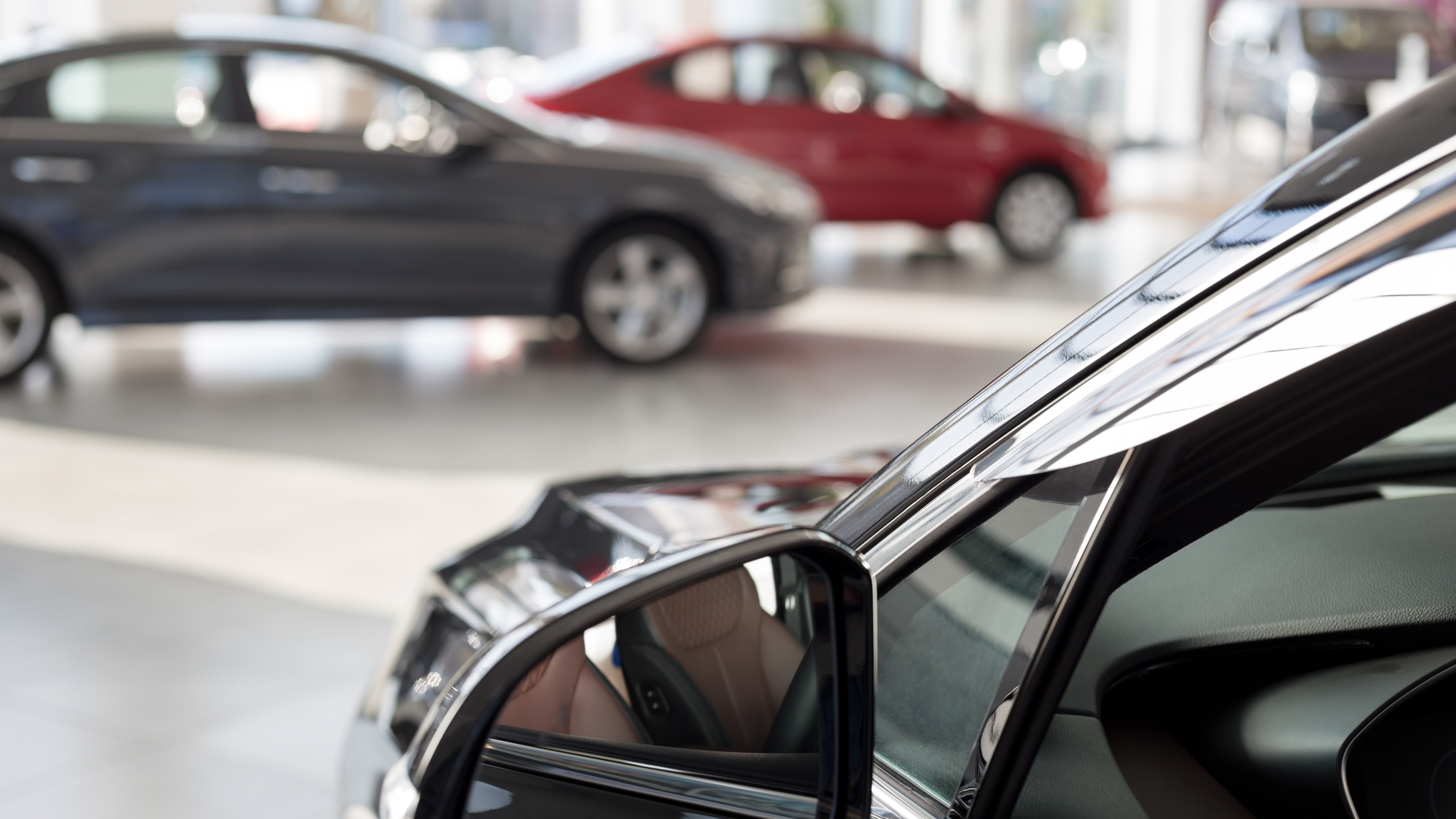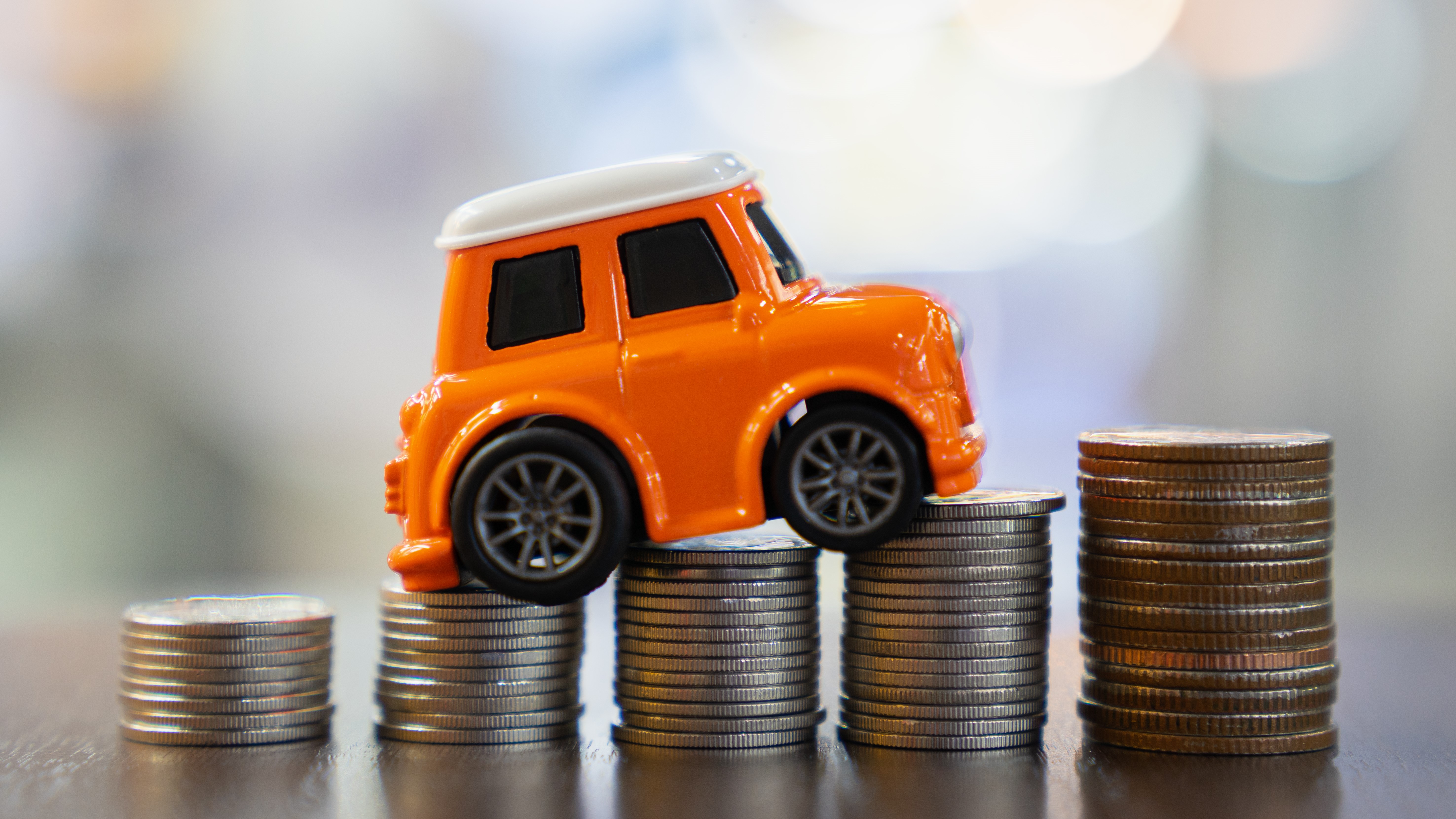The cost of owning a car increased for American drivers last year as the effect of rising car prices outweighed the falls seen in car loan interest rates and the cost of gas. Despite vehicle use plummeting amid the coronavirus pandemic, AAA’s annual Your Driving Costs study found that the overall average cost to own and operate a new car last year was $9,561, a rise of $279 compared with 2019.
The cost of owning a car
The biggest cost to new car owners came almost as soon as they drove away from the forecourt, with depreciation contributing to a $3,721 loss in value on their new purchase. Rising 12% from a year earlier, most of the increase was due to the higher average vehicle purchase price of small sedans, large sedans and electric vehicles.
Higher vehicle prices and a rise in average sales rate tax resulted in a 13% hike in the cost of licensing and registration last year to $851, while the best auto insurance remained a significant outlay for most drivers at an average cost of $1,202, despite rising just 0.4% on a year earlier.

And while motorists who buy a new car might not feel the need to spend on roadside assistance cover, the cost of maintenance, repair and tires increased 4% year-over-year to 9 cents a mile. With the rise mainly due to an increase in the national labor rate, it is also something that those who drive an older car might consider when weighing the benefits of extended car warranties.
Where new car owners could save last year, however, was on the best auto loans. With the interest rates on new car loans almost 1% lower than a year earlier, the typical cost of car finance dropped 11% to $819 a year. The other major saving made by motorists was in fuel costs, with gas prices dropping 8% lower year-over-year to 11 cents a mile, thanks to an increase in gas supply coinciding with the lockdown-related decrease in demand.
What are the cheapest cars to run?
For those eager to keep their driving expenses low, AAA also found that significant differences exist between the driving costs associated with different vehicles too. So if you want to save money, and don't need a large vehicle, the cheapest car to run is a small sedan, at just 50.1 cents per mile.
Hybrid vehicles are the next most affordable at 54.32 cents per mile, followed by small SUVs at 55.75 cents, which benefit from being the cheapest vehicle to insure. Electric vehicles cost a very reasonable 60.79 cents per mile, and are great for the environment too, while at the other end of the spectrum, pickups are most costly to run, at 75.39 cents per mile.
| Vehicle | Cost | Highlights |
|---|---|---|
| Small Sedan | 50.10¢/mile | Lowest overall driving costs |
| Hybrid | 54.32¢/mile | Second least expensive to drive behind small sedans |
| Small SUV | 55.75¢/mile | Lowest to insure |
| Medium Sedan | 58.23¢/mile | Overall costs fall in the middle of the pack |
| Electric | 60.79¢/mile | Lowest maintenance, repair and tire costs |
| Medium SUV | 66.91¢/mile | Highest maintenance, repair and tire costs |
| Minivan | 67.34¢/mile | Second lowest to insure behind small SUVs |
| Large Sedan | 74.55¢/mile | Second most expensive to drive behind pickups |
| Pickup | 75.39¢/mile | Highest overall driving costs |
Should you buy a new car?
While the immediate impact of coronavirus saw a slump in the number of Americans buying cars in the first half of last year, vehicle sales bounced back strongly from the summer, as restrictions eased and showrooms adapted and reopened.
As to whether now is a good time to buy a car, much will depend on your personal circumstances, in relation to both your finances and how you anticipate using a car going forward. The low cost of car loans will prove a major draw to many, particularly if people feel safe in their job and are comfortable they could still meet other obligations, such as payments on personal loans, should their situation suddenly change for the worse. You'll also need a good credit score, or should look to boost your credit rating, if you want the best rates.
For many motorists, however, and in particular those working from home, the pandemic will have seen a re-think over what they need from a vehicle. Sales of used cars have surged as a result, and that will have saved motorists thousands of dollars on their driving costs by itself.

